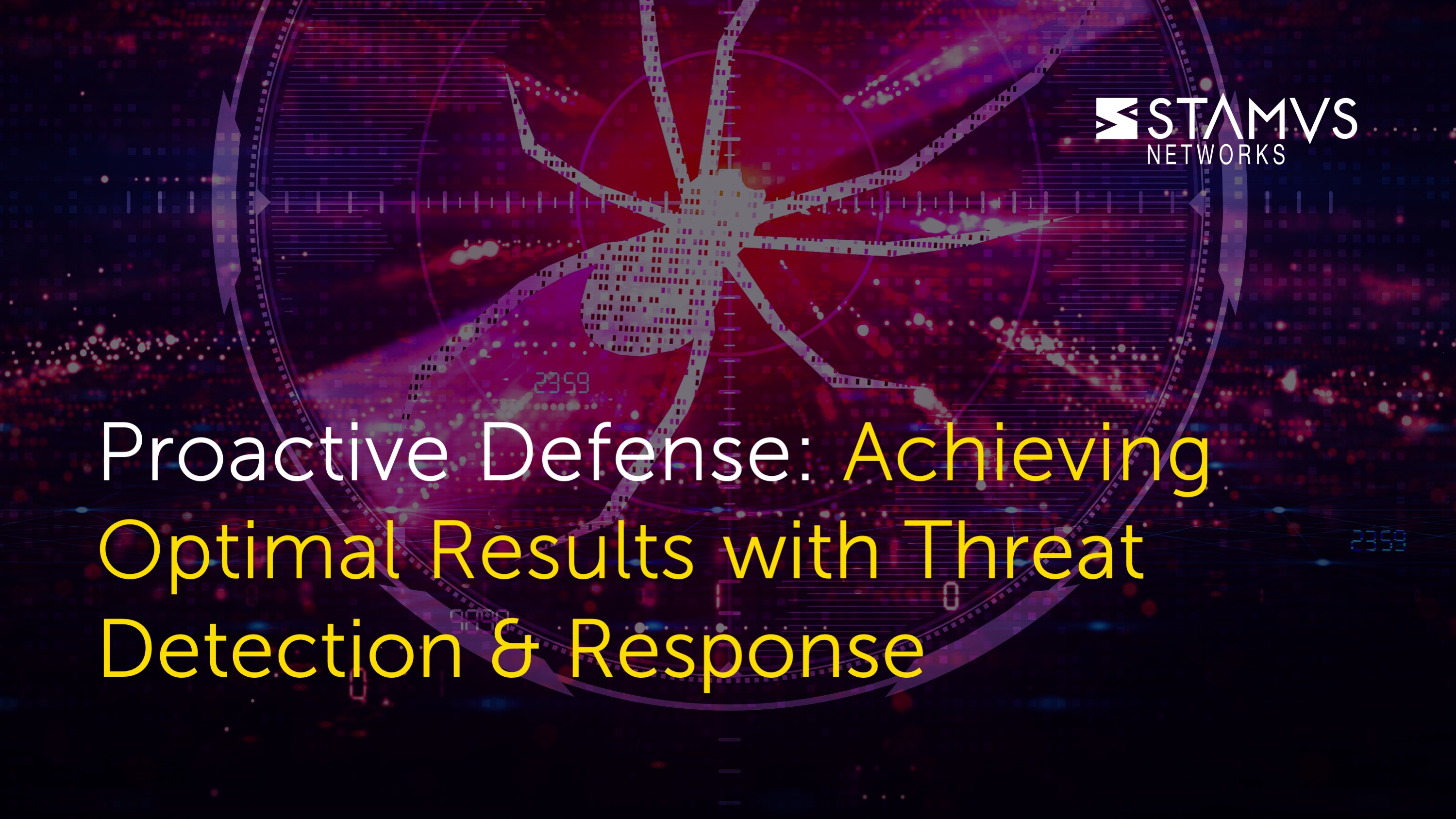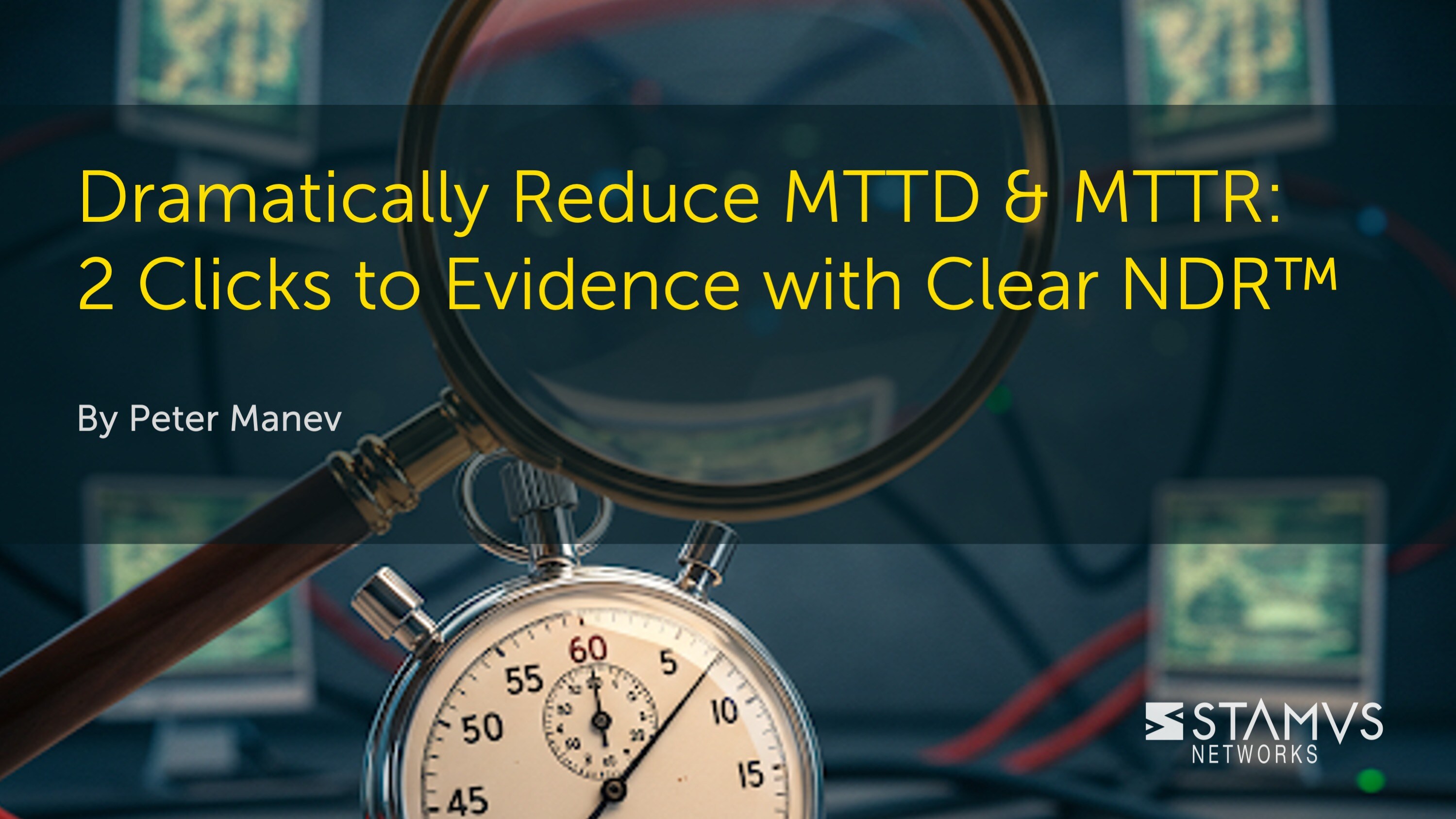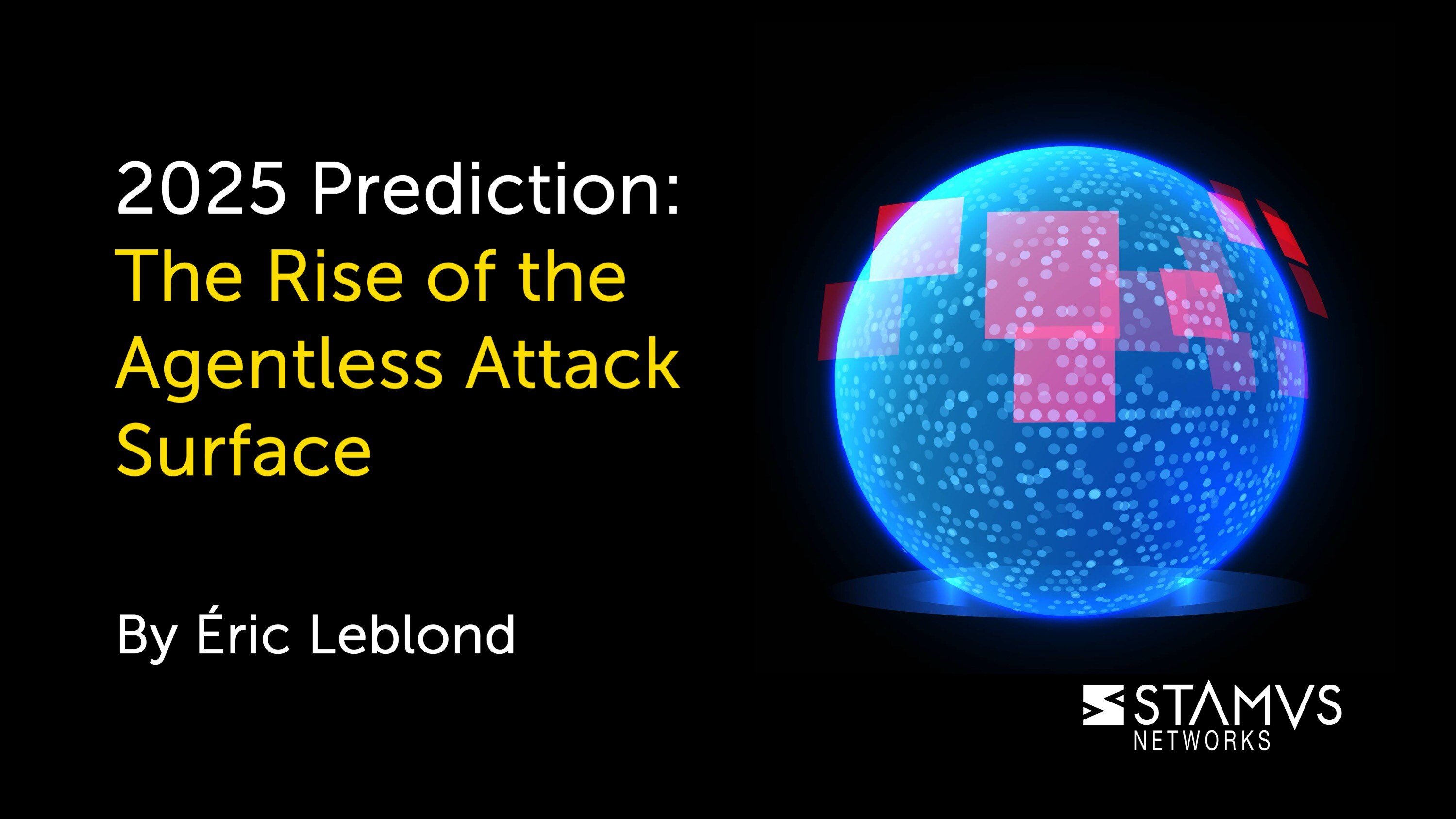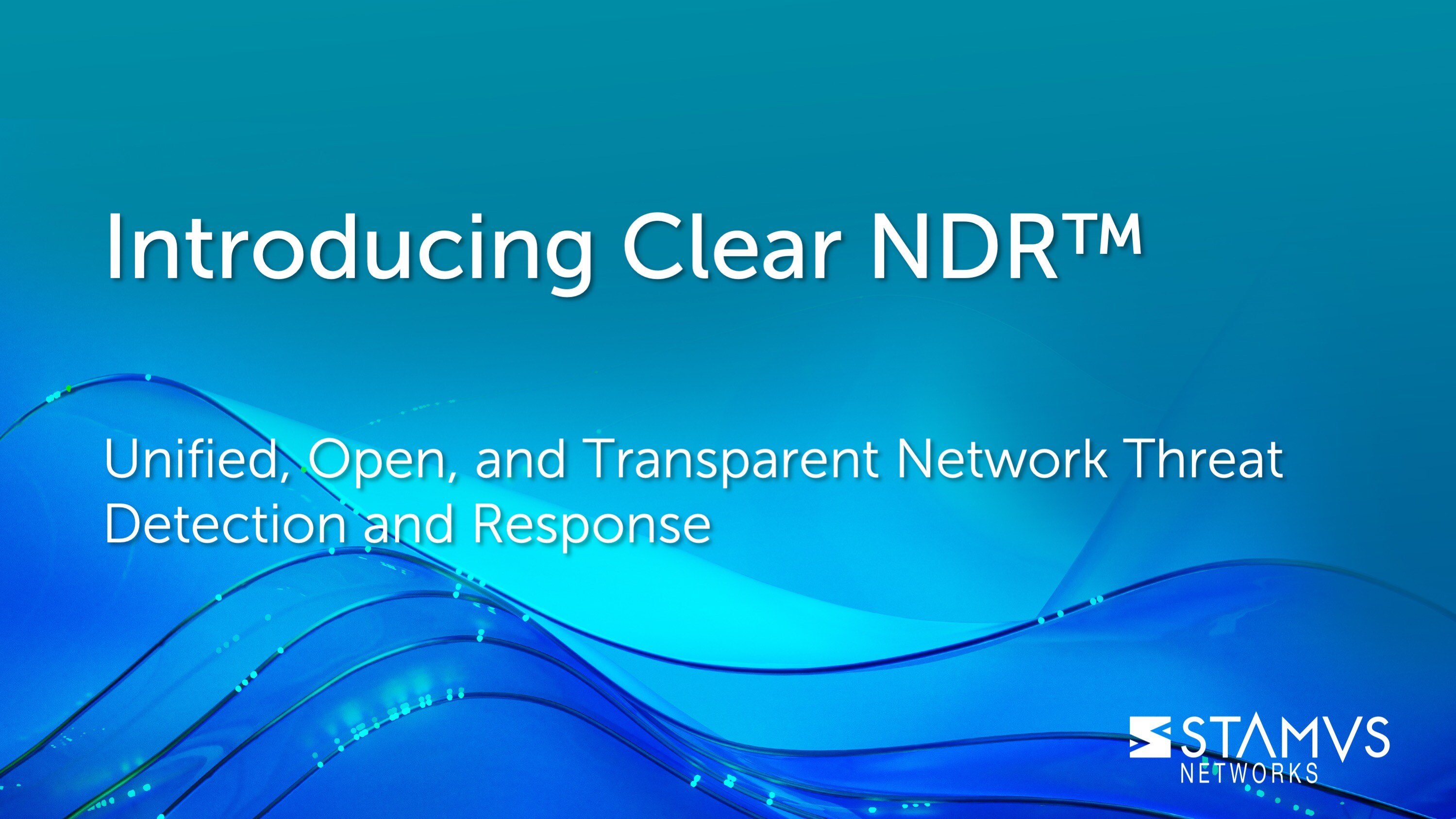Recently we have discussed the various use cases, benefits, and limitations of different threat detection and response (TDR) systems. Our goal was to encourage a proactive and comprehensive approach to cybersecurity and help our readers make more informed decisions about the most effective way to protect their organizations against evolving cyber threats. In this blog we review what we have covered and share some key takeaways for security teams looking to improve their threat detection and response.
Summary of Threat Detection and Response Systems: NDR, EDR, and XDR
Before going any further, we should review what we have covered in our previous posts. Each blog was centered on a different threat detection and response system.
NDR: Network Detection and Response excels in providing visibility into network traffic, detecting suspicious activities, and identifying potential threats in real time. Its benefits lie in its being non-intrusive and relatively easy to deploy and its ability to monitor network traffic across the entire infrastructure, enabling the identification of network-based threats and facilitating rapid response. However, NDR can have limitations in terms of its focus solely on network data, which may not capture threats at the endpoint level.
EDR: Endpoint Detection and Response focuses on individual devices within the network, such as computers or servers, providing deep visibility into endpoint activities and detecting potential threats at the device level. EDR offers benefits such as detailed forensic analysis, threat hunting capabilities, and rapid incident response. However, it also suffers from limitations including its requiring agents to be installed on every endpoint, its susceptibility to bypass, and its limited scope to detect threats that traverse across multiple endpoints or network boundaries.
XDR: Extended Detection and Response, the newest of these TDR systems, seeks to take a more holistic approach by incorporating several sources of telemetry to achieve cross-environment visibility. XDR can enable organizations to identify and correlate threat indicators across different platforms, enabling the detection of sophisticated attacks that may use multiple entry points. It is important to note that while XDR often relies on NDR and EDR systems to perform optimally, and as a result it is not yet able to completely replace those systems.
When these three systems work together, organizations can achieve a comprehensive approach to threat detection and response. NDR provides network visibility, EDR focuses on endpoint protection, and XDR integrates the insights from both domains while incorporating additional telemetry sources. This collaboration allows for enhanced threat detection, rapid incident response, and a more proactive defense posture, ultimately leading to a more robust and comprehensive cybersecurity strategy.
Key Considerations for Selecting Threat Detection and Response Systems
When reviewing the available threat detection and response options it is important to consider the specific needs of your organization. By carefully evaluating your organization's unique requirements, you can identify the most suitable system or systems to address your specific threat landscape and protect your critical assets effectively. Decision makers should consider factors such as the level and type of visibility needed, scalability requirements, ease of deployment, integration capabilities with existing security infrastructure, applicability to the organization’s operating model, and the ability to detect and respond to emerging threats.
Additionally, evaluating the total cost of ownership, including implementation, maintenance, and training costs, is crucial to ensure that the chosen systems are financially sustainable in the long term. Making informed decisions in selecting threat detection and response systems enables organizations to build an effective defense against evolving cyber threats while optimizing resource allocation and maximizing their return on investment.
Ongoing Evaluation of Threat Detection and Response Systems
Selecting the right system is only part of the battle. Once a threat detection and response system is in place, ongoing evaluation of that system is crucial to ensure the effectiveness of your organization's defenses against evolving threats. Cyber adversaries are constantly evolving their tactics, techniques, and procedures (TTPs), making it essential to regularly assess the performance of your system and its ability to detect and respond to emerging threats.
By continuously evaluating system performance, analyzing threat intelligence, and conducting regular security assessments, you can identify any gaps or weaknesses in your defenses and implement necessary adjustments or enhancements. This proactive approach allows you to stay ahead of potential vulnerabilities, improve incident response times, and maintain greater protection for your organization's critical assets.
Staying informed about the latest advancements in threat detection technologies and industry best practices enables you to keep your systems up-to-date and effectively adapt to the evolving threat landscape. Ultimately, ongoing evaluation ensures that your threat detection and response systems remain capable of mitigating the ever-changing cyber risks faced by your organization.
The Role of People and Processes in Effective Threat Detection and Response
It is important to mention that while technology helps enable an effective cybersecurity strategy, it is an organization's people and processes that will make or break them. Skilled security professionals are essential for managing and operating threat detection systems, analyzing and interpreting security events, and executing incident response procedures.
Clear policies and procedures provide the necessary guidelines and framework for consistent and coordinated security practices, ensuring that threats are identified and responded to promptly and effectively.
Ongoing training and awareness programs are vital to keep an organization’s employees up-to-date with the latest threats, attack techniques, and defense strategies. This extends beyond only security personnel, as most attacks originate from outside of the cybersecurity team. Training and awareness not only helps general employees avoid potential risks, but also empowers security teams to make informed decisions, adapt to new challenges, and maintain a proactive stance in the face of evolving threats.
By investing in the development of skilled professionals, developing thoughtful policies, and providing continuous staff training, organizations can strengthen their human element in threat detection and response, enabling them to more effectively safeguard their digital assets and mitigate risks.
Key Takeaways
In summary, to enhance threat detection and response capabilities, organizations should consider the following:
- 1. Adopt a comprehensive and integrated approach to cybersecurity, leveraging multiple layers of defense and integrating various threat detection and response systems to achieve maximum coverage and visibility.
- 2. Prioritize ongoing evaluation of security systems to ensure they remain effective against evolving threats. Regularly assess system performance, conduct security assessments, and stay informed about emerging threats and technologies.
- 3. Recognize the importance of people and processes alongside technology. Invest in skilled security professionals, establish clear policies and procedures, and provide continuous training and awareness programs to empower your team and enhance incident response capabilities.
By implementing these measures, organizations can strengthen their overall cybersecurity posture and effectively protect against a wide range of threats. To be notified of new blog posts and other news, make sure to subscribe to the Stamus Networks blog, follow us on Twitter, LinkedIn, and Facebook, or join our Discord.






